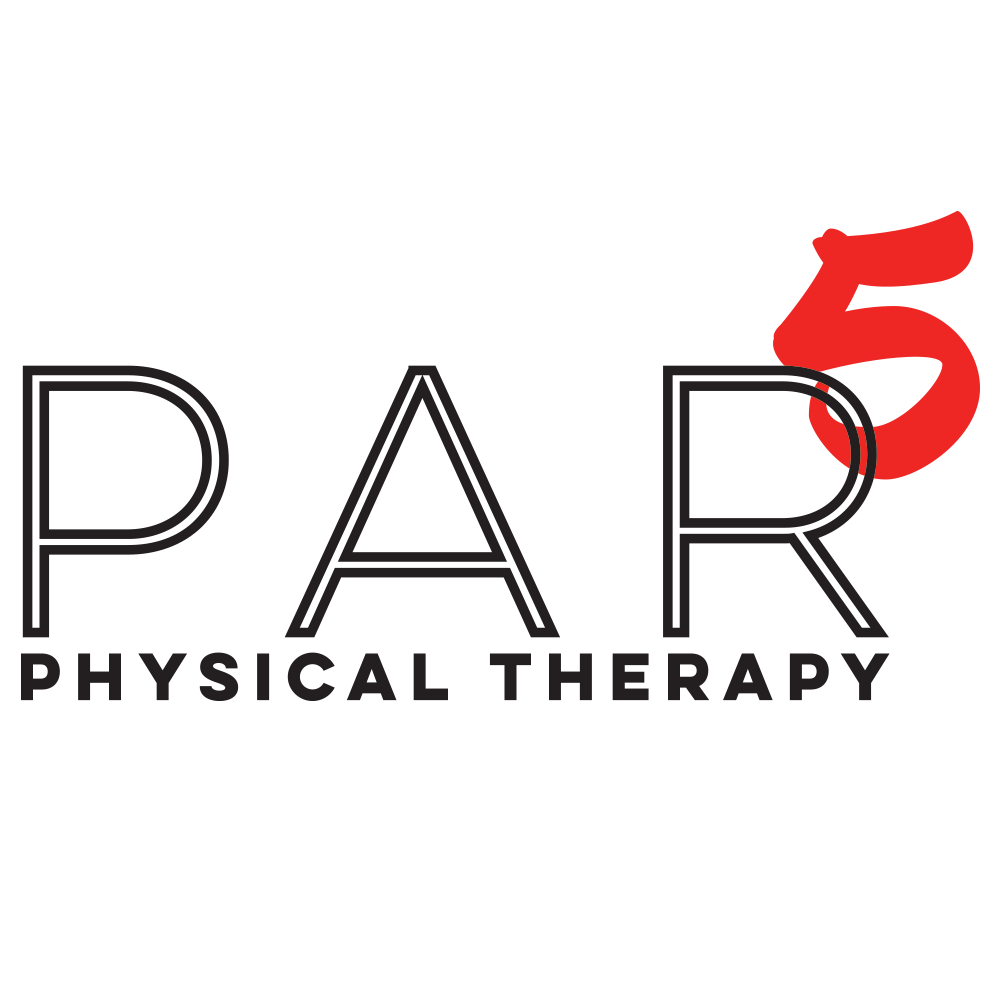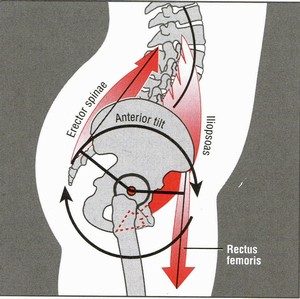Lower Crossed Syndrome revisited
I wrote about lower crossed syndrome last year. But today I want to dive deeper into this syndrome.
It can reduce your performance in sports, but it can also cause lower back pain. It was first coined by Dr. Vladimir Janda in 1980s. He found that a pattern of muscular imbalances in the body can cause pain and dysfunction.
Lower crossed syndrome is a combination of weak glutes, weak abdominals, tight hip flexors, and a tight lower back. This sets up a anterior tilt of the pelvis that puts excessive stress on the low back. Here’s the tilt:
Too much of this tilt creates a bad position for the pelvis and low back. It puts too much torque on the back and the imbalance of the muscles creates a poor environment to properly stabilize the core. It can affect your standing posture and even affect your golf game. Here’s an example:
The golfer on the left is exhibiting what’s called an S-Posture. The golfer on the right is in a more neutral posture. The S-Posture can be detrimental to your back and golf swing. The increased curvature in the lower back causes the abdominal muscle to relax, deactivating the core muscles. The lack of core stability can cause a loss of posture or reverse spine angle during the backswing. With the core off, all that torque is transmitted straight to the back and then you know what means, PAIN.
Now let’s dive deeper and look at how the hip joint works. It’s basically a ball and socket joint. The socket is deep and it points in a down and outward direction. If you have lower crossed syndrome and an anteriorly tilted pelvis, this changes the angle of the hip socket. It starts to point more downward, which can cause less space in the front of the hip joint. When there is less space, you increase the risk of pinching in the joint (when two joint edges come together). In this scenario, anytime that you would lift your knee up by flexing at the hip, you would get pain in the front of the hip joint.
And if you were to perform a simple movement, like a squat, you’d experience the same type of pinching sensation in the front of your hip too because of the poor alignment of the pelvis and hip joint. To correct this problem, you basically have to stretch the tight structures and strengthen the weak ones; and then train the core to work with correct timing.
If you’re having issue and think you may have lower crossed syndrome, contact PAR5PT for a free consult.



